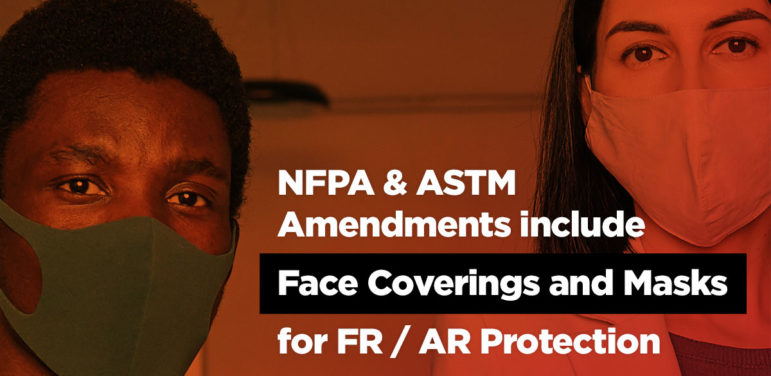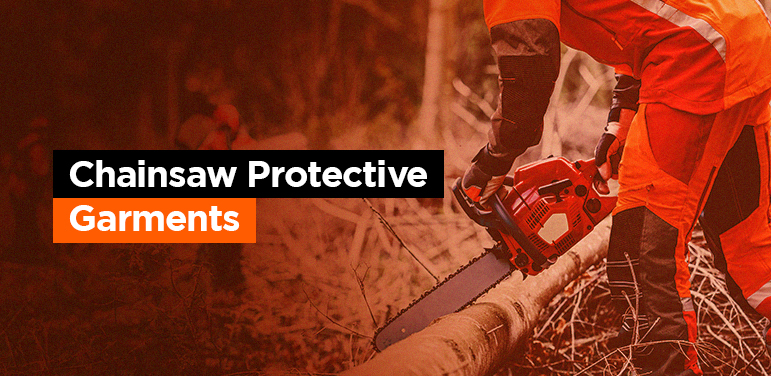Chainsaw garments refer to protective clothing designed to safeguard workers from chainsaw-related injuries. The primary purpose of these garments is to protect the wearer against the cutting effect of a hand-held chainsaw. Clogging is the primary principle which leads to prevention of injury to a user from a hand-held chainsaw primarily constructed for cutting wood. …
Read More
Do emblems and decorations on flame-resistant clothing need to be flame resistant?
Flame-resistant clothing (FRC) is crucial for protecting individuals working in high-risk environments involving fire and heat hazards. FRC is designed to resist ignition, self-extinguish, and minimize burn injuries. Specific emblems & decorations like embroidery, heat transfer etc. may be used on the FRC for representation of company logos, norms that the garments meet or any …
Read More
NFPA 2112 Component Recognition and Certification explained
You may have heard about the Component recognition or wondered about supplying or purchasing certified components compliant to NFPA 2112. There could be circumstances when there is confusion or no clarity on how to go about with these requirements. In this first part of the blog, we will try to cover some common questions regarding …
Read More
NFPA & ASTM – 2020 – Flame resistant (FR) & Arc rated (AR) clothing requirements
Face Coverings and Masks: Since the spread of COVID-19 pandemic and with the growing need of using Face covering or masks as the most efficient mode of protection, there has been an increasing demand by the global work force to provide Flame resistant & Arc rated masks / face protection. Medical associations and experts globally reviewed …
Read More
Compliance requirements of NFPA 2112 and NFPA 70E
Different conformity assessment requirements between the NFPA 2112 and NFPA 70E standards can make the testing process confusing for those working with Industrial Flame Resistant (FR) and Arc Rated (AR) products. Different questions arise while offering products for these 2 applications. So, it is important that we understand few points related to these norms: What …
Read More
